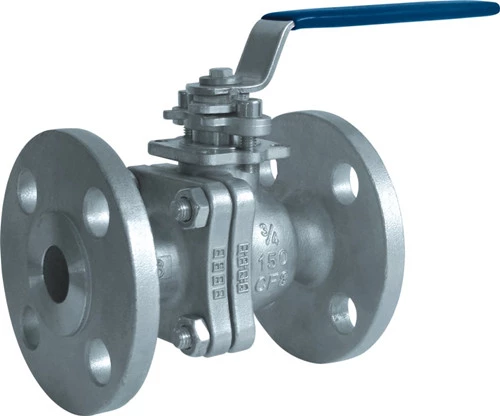The balls of
floating ball valves are floating. Under the effects of the medium pressure, the ball can take a certain displacement and be pressed against the outlet side of the seal, to ensure that the outlet end is sealed and the seal is a single-side forced seal. The design of
floating ball valves should focus on whether the material of the sealing ring can withstand the load of the ball's media. Because the load of the media the ball bearing is totally passed to the outlet sealing ring, therefore, this floating ball structure is widely used in middle and low pressure
ball valves.
Features
1.
Floating ball valves have the minimal flow resistance among a variety of
valves; and when the full bore ball valves are open, the diameters of the ball channels, valve body channels and connecting pipes are same, thus the media can flow through without any loss.
2. Floating ball valves can be fully and quickly opened and closed by being rotated 90 degrees. They also have advantages of small sizes, light weight and being easy to be installed in pipelines compared with those of gate valves and globe valves which have the same specifications.
3.
Floating ball valves have advanced valve seats which are designed according to the many years' ball valve manufacturing experience to ensure that floating ball valves have good seal performance, low friction coefficient, small operating torque, wide range adaptation and a variety of seat materials.
4. Floating ball valves have unmistakable handles which use flat headed valve stems to ensure that the connection of the handles will not be dislocated, so as to guarantee that the state of the pilot switches is as same as that of the valves.
5.
Floating ball valves have locking devices with locking holes in the fully open and fully closed positions in order to prevent the misuse of valve switches and ensure correct positions of valves.
6. Floating ball valves have the anti-fly structure valve stems which are installed from the bottom to prevent thr flying out due to pressure, and can form metal contacts with valve bodies after fire to ensure the seal of valve stems.
